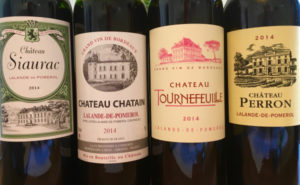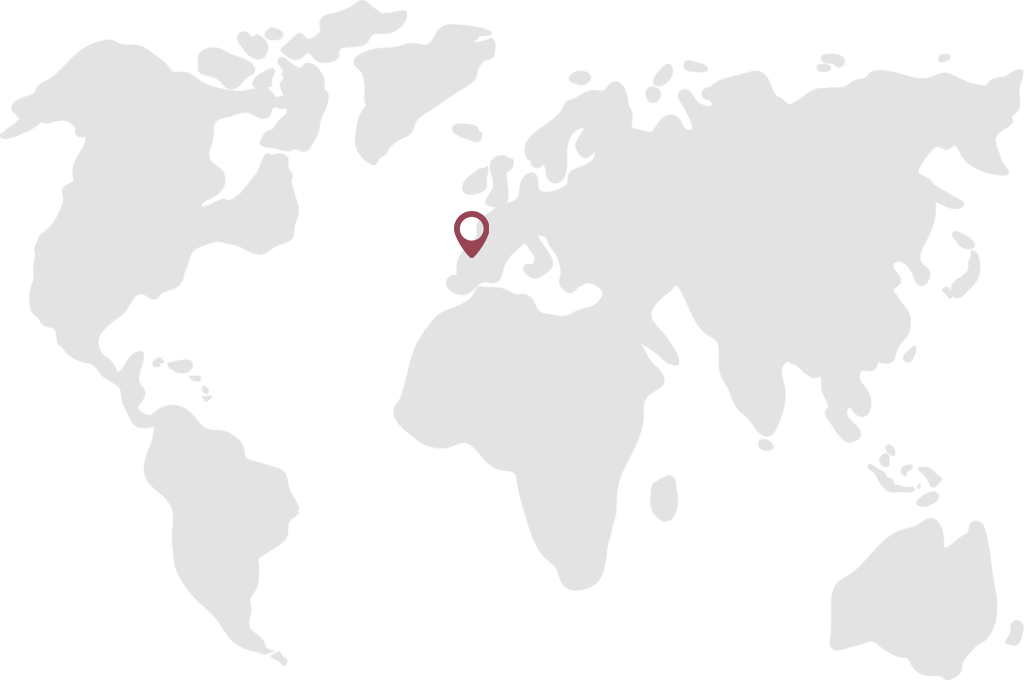OVERVIEW.

This local post takes place in the Bordeaux town of Bourg—located a 20 minute drive away from my home in Blaye. Bourg is on the right bank shore of the Dordogne River. As a medieval town it was once walled (before an invading force knocked those walls down). It also used to be a center for producing medieval catapults, once used to hurl boulders that smashed the walls of enemy cities. It was also a launching point for quarried limestone blocks, which were first sent downriver along the Dordogne River, and then up along the Garonne River, to be eventually used to construct the great buildings in the city of Bordeaux.
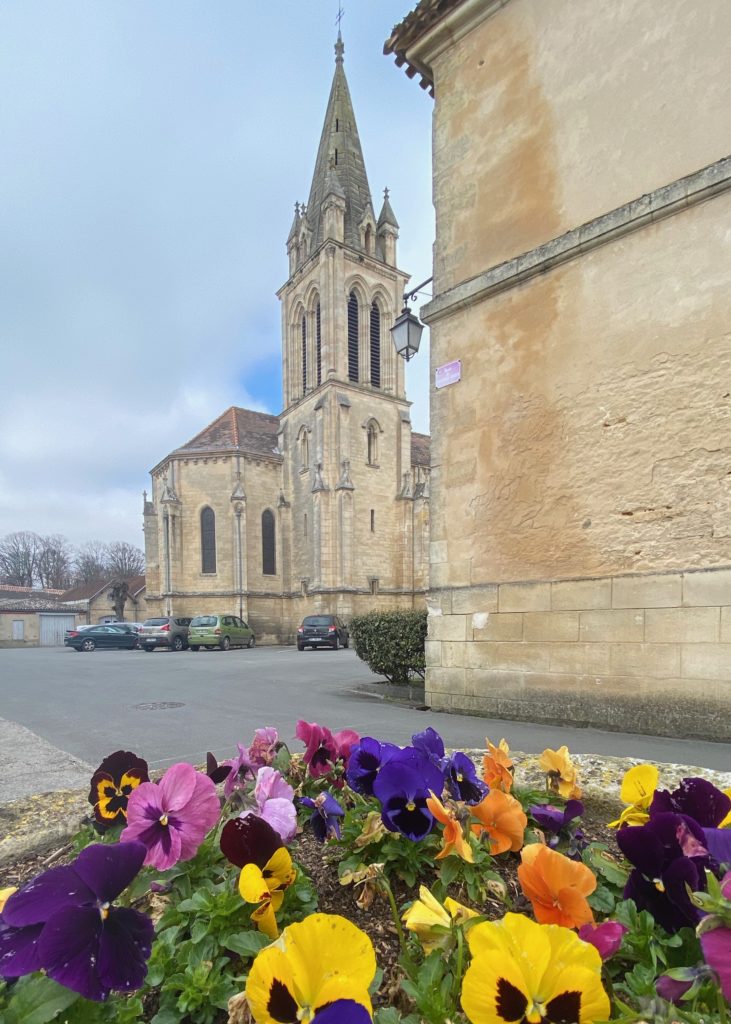
1. CHEF.
Pierre-Alain Robinet is the owner and chef at the restaurant Le Marché de Pierre-Alain in the Bordeaux right bank town of Bourg. His father and grandfather were also named Pierre-Alain, and he takes pride in serving quality food in his modestly sized, 18 seat restaurant. He calls out and greets each guest who enters from where he works in the open kitchen.
Pierre-Alain wishes more visitors would come to this small but attractive town, but is happy that at least the local artist community is growing. His dishes are generally light and creamy, with little or no added sugar or salt to mask out natural tastes.
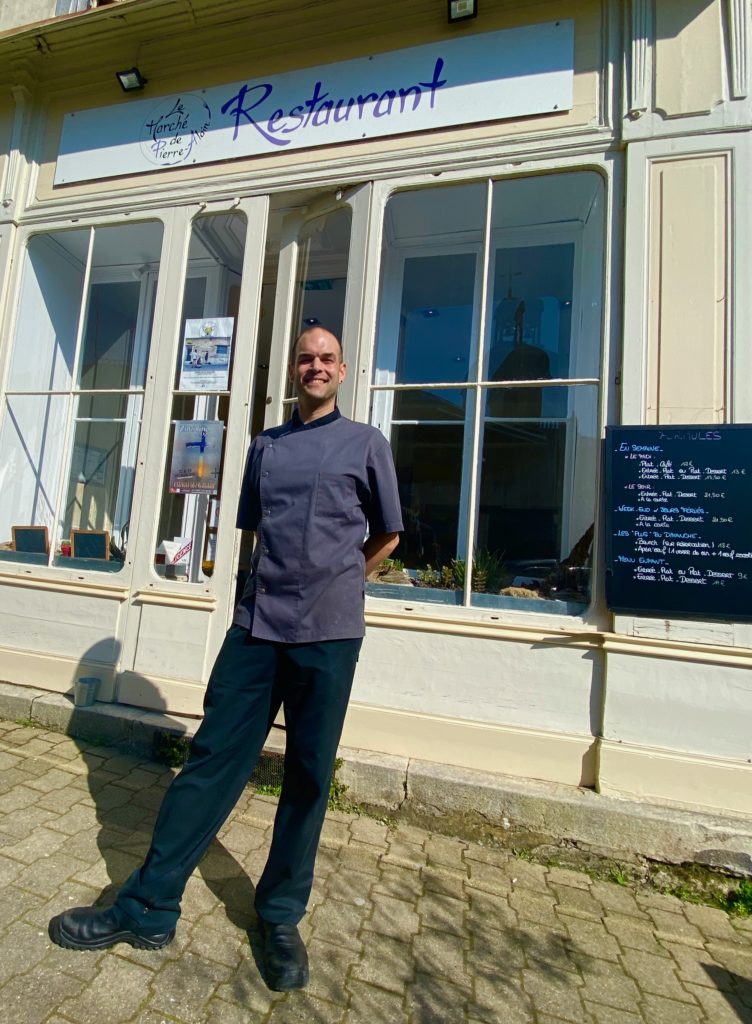
2. DISHES.
For an appetizer—the ‘soupe gourmande’ is made from a 50/50 combination of potatoes and parsnips (panais in French). This has a beautiful creamy taste. Think liquid cauliflower and carrots. Mildly sweet, and delicious.

For the main course I chose a vegetarian cannelloni made with mushrooms (champignons) and ricotta. Crispy lasagna noodles are layered with a creamy, granular blend of virtually powdered mushrooms and cheese.
Dessert—tarte au chocolat noir. This light and balanced dark chocolate includes an in-house flaky crust.
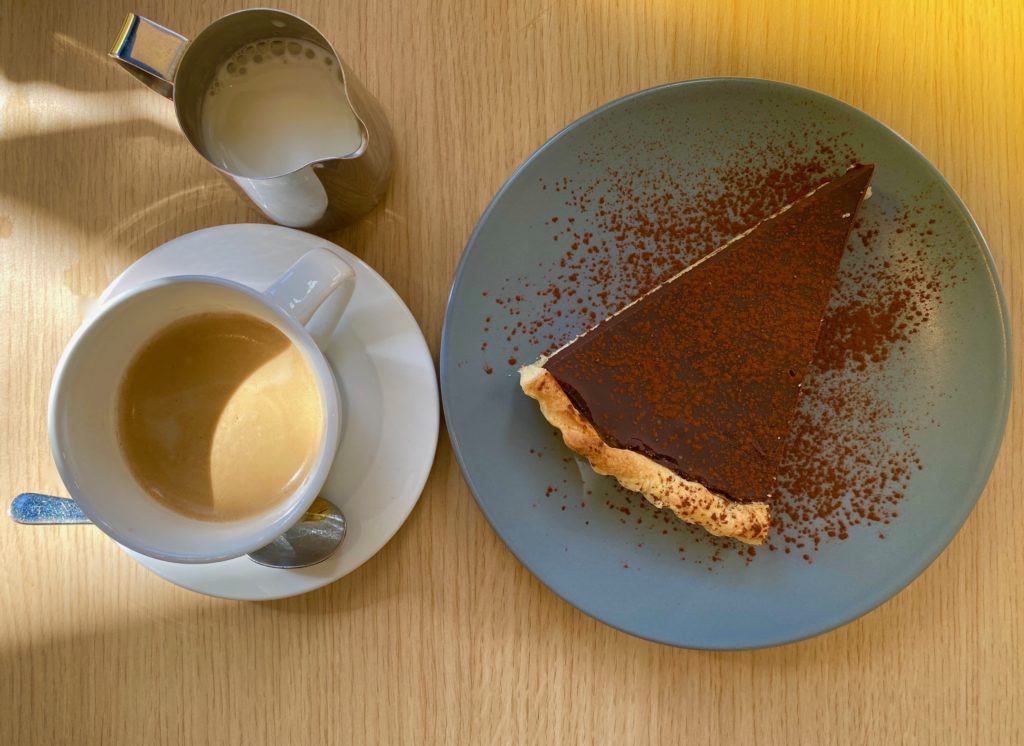
3. WINE.
Although the restaurant wine list includes excellent local Côte de Bourg bottles (such as the 2017 Château Mercier Graines Blanches and the 2016 Château La Croix Davids [red]) I wanted less, and so ordered a pichet of Château Haut Philippon Entre Deux Mers white. This gold colored wine includes beautiful gooseberry, lime and herbaceous aromas—think a sheaf of wheat—and is cracklingly acidic and buttery in the mouth.
This wine’s acidity cut the right angle through the cream of the cannelloni. I enjoyed it while listening to the French song Ça va ça vient (‘It comes and goes’) from Vitaa & Slimane.
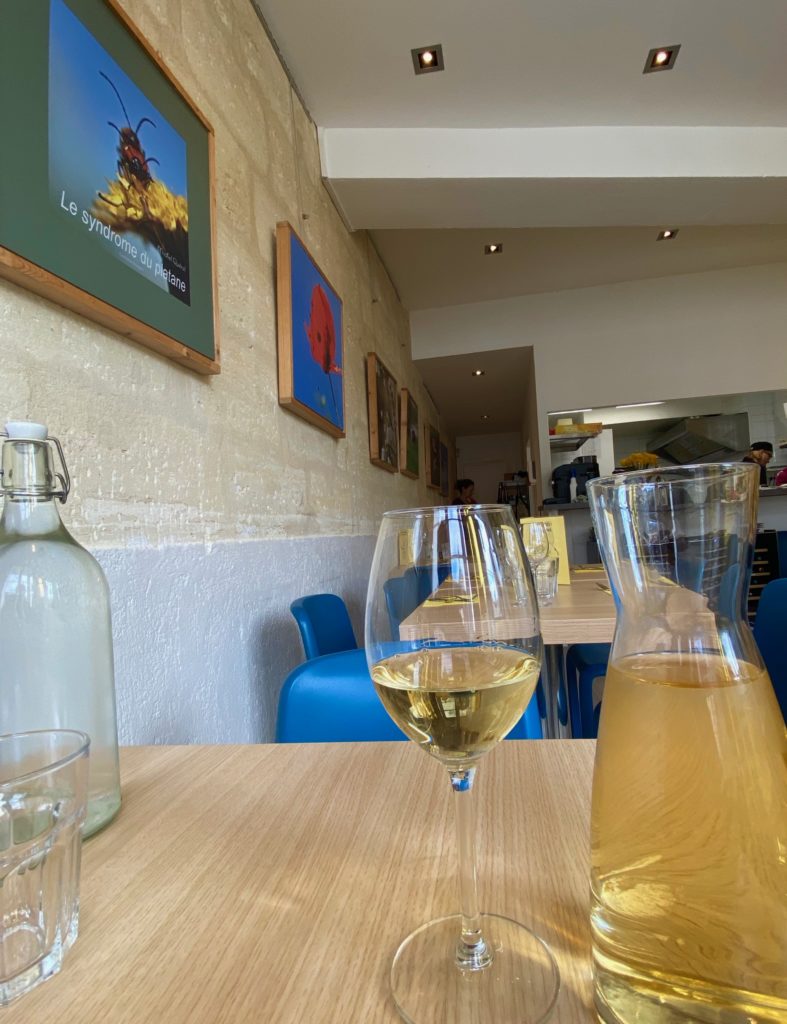
SCENE & INSIDER ANGLES.
These days, ordering a pichet rarely brings lower quality ‘table wine’ of years past. More often than not, these wines are of good quality, easy to drink and of excellent value. In rural Bordeaux (and in much of France) it’s difficult to go wrong by ordering a pichet at lunch. This 50 CL vase cost only eight Euros and was delicious.
The secret of Bordeaux wines is that although only 10% to 15% of the production is white, these Sauvignon Blanc, Sémillon and Muscadelle blends are generally excellent. Another secret? In conversations with winemakers for both Chateau Mouton-Rothschild and Chateau Smith Haut Lafitte, I learned that the low-volume 2017 vintage produced the best Bordeaux white wines in decades. (Don’t say this blog doesn’t provide good insider advice!)
Finally, the Entre Deux Mers (between the seas) wine region is basically between and below the left and right banks of Bordeaux. It’s actually located in a triangular wedge south of and between the two rivers: Dordogne and Garonne. White wines from here are generally of good quality, and decent value.
Thanks again for tuning in.



